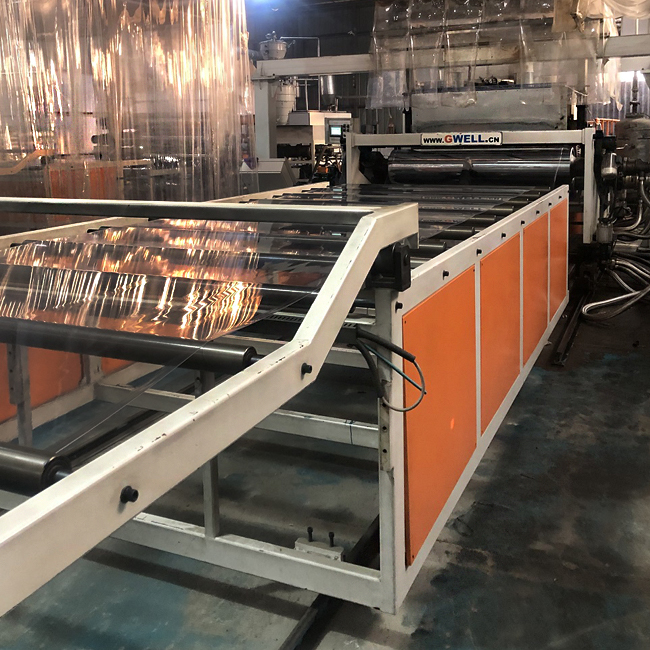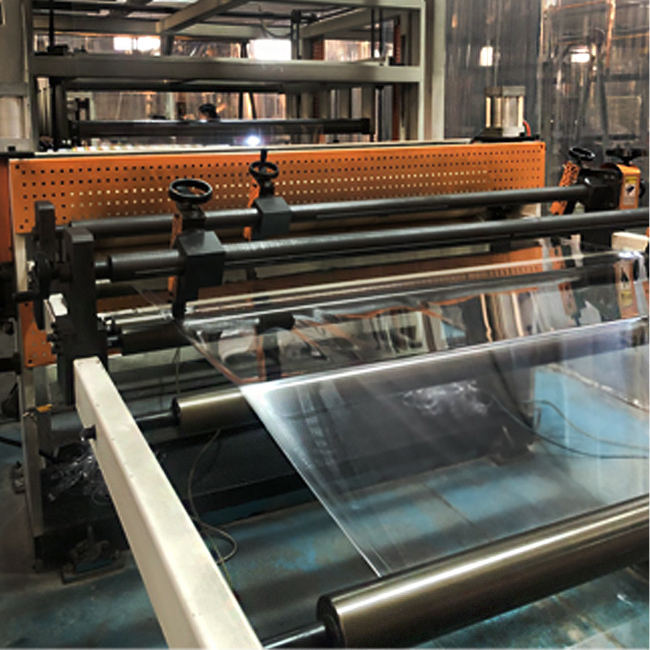The DOP to DOTP Shift: Unleashing Superior Benefits for PVC Clear Film
The Golden Opportunity: DOP to DOTP Transition Revolutionizes PVC Clear Film
In the manufacturing of PVC clear film (ranging from 0.01 to 0.07mm in thickness), a significant shift from traditional plasticizer DOP (Dioctyl Phthalate) to DOTP (Dioctyl Terephthalate) is unfolding, bringing about numerous benefits and reshaping the industry landscape. This transition isn't just a simple material change—it’s a golden opportunity laden with potential for enhanced product quality, regulatory compliance, and market expansion.
For years, DOP has been a staple plasticizer in PVC products, valued for its cost - effectiveness and excellent compatibility with PVC resin. It effectively imparts stability to PVC, protecting it from heat and UV radiation. However, with the global surge in environmental awareness and the tightening of relevant regulations, DOP’s limitations have become more pronounced. The EU's REACH regulations, for instance, have continuously imposed stricter restrictions on phthalate - based plasticizers. In 2024, the EU raised the import inspection standard for DOTP to 0.1ppm, which directly led to a 23% year - on - year increase in DOTP imports in the European market.
In contrast, DOTP offers multiple advantages over DOP, significantly enhancing the properties of PVC clear film. In terms of electrical performance, DOTP’s volume resistivity is 10 to 20 times higher than that of DOP. This makes PVC clear films with DOTP ideal for applications requiring high insulation, such as cable sheathing, effectively reducing the risk of electric leakage and ensuring safe power transmission. Moreover, DOTP boasts superior heat resistance, cold resistance, extraction resistance, and low volatility. As a result, PVC clear films containing DOTP maintain stable performance across various temperature environments, extending their service life. In safety - critical sectors like food packaging and medical supplies, DOTP’s non - toxic nature makes it the perfect substitute for DOP, ensuring compliance with stringent health and safety standards.
Market data vividly reflect this transformative trend. China’s Plastic Pollution Control Action Plan stipulates that 50% of traditional plasticizer production capacity must be phased out by 2026. Responding to this, leading companies in the industry have actively adjusted their strategies. For example, Jia’ao Environmental Protection launched a 100,000 - ton - per - year continuous esterification plant in 2024, reducing unit energy consumption by 18%. Raymond Chemical partnered with the Chinese Academy of Sciences on a nano - catalysis technology pilot project, boosting the reaction efficiency to 92.5%, 7 percentage points higher than the industry average. These efforts have driven the industry's average gross profit margin up to 19.3% in 2024, a 4.8 - percentage - point increase compared to the 2021 low. On the demand side, due to tightened regulations on phthalates in medical devices, the import substitution scale of medical - grade DOTP increased by 43% year - on - year in 2024.
For enterprises, embracing this transition is key to seizing market opportunities. Companies that adopt DOTP in PVC clear film production early can not only meet increasingly strict environmental regulations but also penetrate high - standard overseas markets like Europe and the United States. The superior performance of their products enables them to command higher prices in the premium market, significantly increasing profit margins. In terms of technological innovation, R & D investment in adapting production processes to DOTP, such as replacing traditional batch production with continuous esterification processes, can reduce energy consumption by 30% and increase product purity to over 99.95%. This enhances a company’s technological competitiveness and brand image within the industry.




